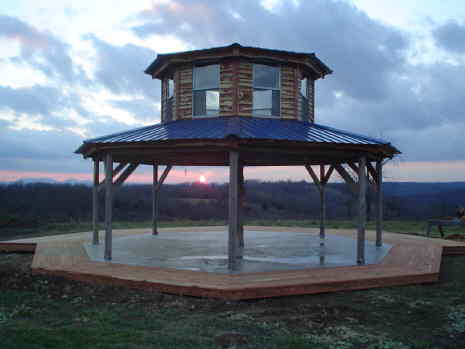Question
I have been offered a Kentucky coffee tree. I have a small Wood-Mizer mill to cut it up with, but I have never cut any of this before. Any tips, uses, oddities about this wood? I haven't been able to find much out.
Forum Responses
(Sawing and Drying Forum)
From contributor C:
I just cut my first coffeewood three weeks ago, so I am no expert on it. But a few things I can tell you: It is at least as dense as oak. It is ring-porous. It is prone to tension in the log if it has grown anything short of straight up (in which case, maybe seal the ends, keep the sun off it and let it sit for a little bit). It looks really good flat sawn, and due to its fairly slow growth, looks even better quarter-sawn. The sapwood was only about an inch or two thick; the heart has a pinkish hue which is really attractive.
I have mine stickered and air drying right now and while I have heard that Kentucky coffeewood is prone to splitting, none of mine has done so. In fact, other than walnut, I have never seen lumber dry so well and be so forgiving of the elements. In fact, I have a large piece that didn't fit in the stack and I left it out and forgot to resaw it. It has been leaning against the south side of my building for 3 weeks and it has not warped or checked, despite the fact that the sun has beat on it and it has been rained on several times... Amazing stuff.
